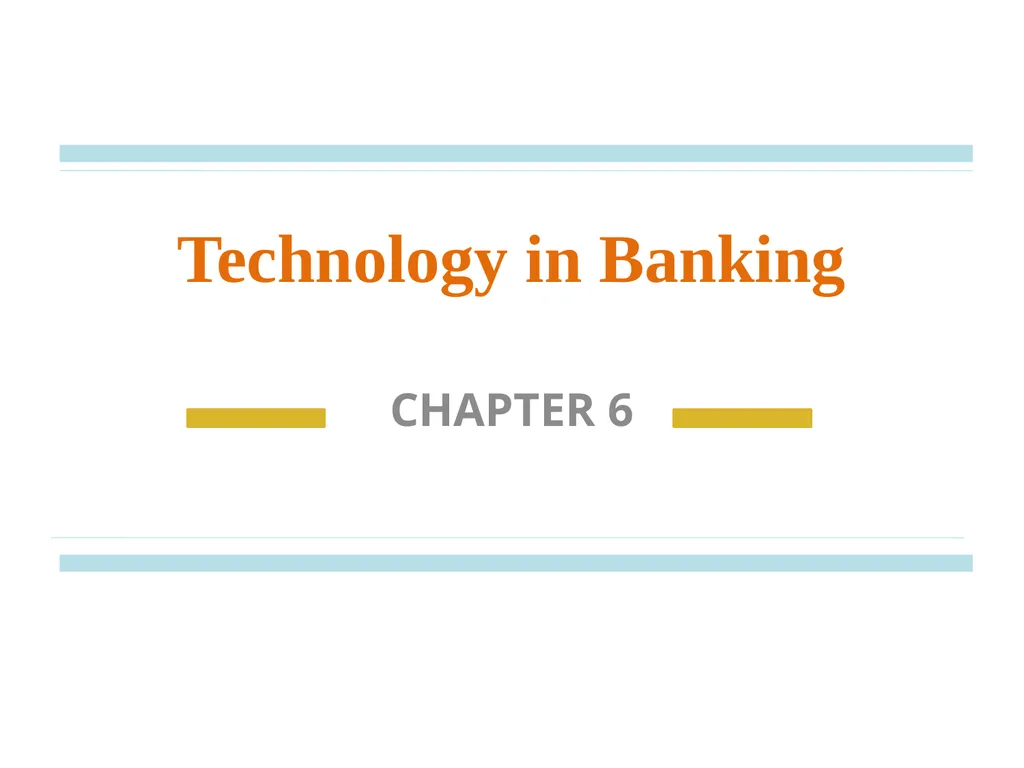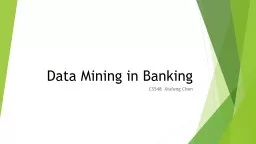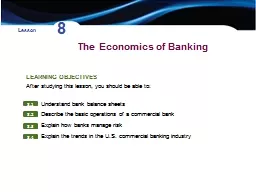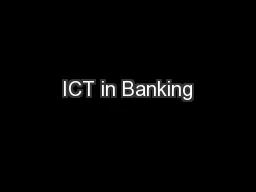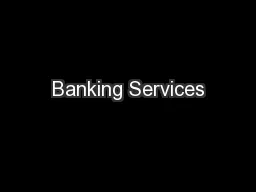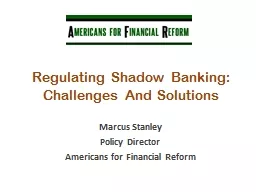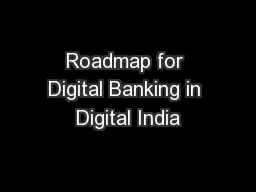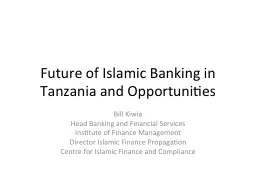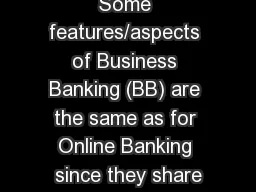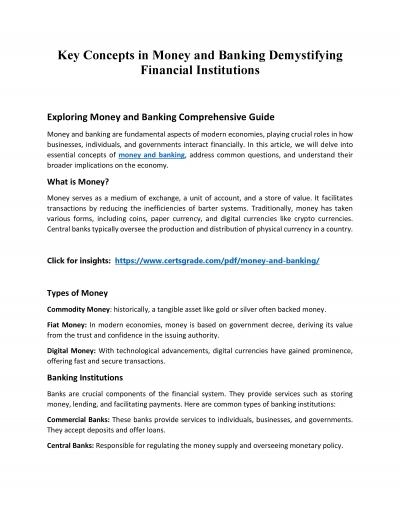Technology in Banking CHAPTER 6 INTRODUCTION The
Author : trish-goza | Published Date : 2025-06-23
Description: Technology in Banking CHAPTER 6 INTRODUCTION The information technology has revolutionized various aspects of human life Internet is an interconnection of computer communication network covering the whole world The growth and expansion of
Presentation Embed Code
Download Presentation
Download
Presentation The PPT/PDF document
"Technology in Banking CHAPTER 6 INTRODUCTION The" is the property of its rightful owner.
Permission is granted to download and print the materials on this website for personal, non-commercial use only,
and to display it on your personal computer provided you do not modify the materials and that you retain all
copyright notices contained in the materials. By downloading content from our website, you accept the terms of
this agreement.
Transcript:Technology in Banking CHAPTER 6 INTRODUCTION The:
Technology in Banking CHAPTER 6 INTRODUCTION The information technology has revolutionized various aspects of human life. Internet is an interconnection of computer communication network covering the whole world. The growth and expansion of internet and information technology have facilitated the emergence of E-commerce. E-commerce refers to carrying of business including banking. Hence, electronic banking (e banking) implies performing basic banking transactions by customers through electronic media. In 1983 and 1988 committees were formed under the Chairmanship of the Deputy Governor on business transactions electronically; it covers any form RBI Dr.C,Rangarajan regarding possibilities and stages involved in bank computerization and bank mechanism respectively. The four objectives of computerization in banking customer services (ii) home keeping (iii) decision making and (iv) productivity and profitability. MEANING With the introduction and implementation or technology in banking, electronic devices are payments of cash and non-cash payments easy and efficient. The introduction of ATMS and the plastic cards has given the banking customers the facility of round-the-clock i.e. 24 hours banking Today's banking is virtual banking. Virtual banking denotes the provision of banking and other related services through the extensive use of IT, without direct resource to the bank by customers. The principle type of virtual banking services include ATM, Shared ATM networks, Electronic Fund Transfer at point of Sale (EFTPOS), Smart cards, stored value cards, phone banking, home banking, internet and intranet bank. Thus, the practice of banking has undergone a transformation due to the adoption of E-banking. E-banking provides the following products and services to customers: View, print or save account statement. View the details of deposit. Transfer of fund to other account. More than one account of same customer can be linked Make loan payment. Submit a change of address request. Place an order for cheque book. Submit a stop payment request. FEATURES OF E-BANKING: 24 hours banking is possible now-a-days. E-banking allows24x7 access to all customers to check account balances and transactions and also customer can monitor incoming and outgoing payments. Online banking is possible multiple geographies, in real-time through a single log-on. E-banking provides the facility of fund transfer from one account to another without visiting the bricks of the bank branch office. Corporate banking and personal banking from home (ie.home banking) is possible through E-banking. The basic requirement for that is internet connection. Electronic banking delivery channels are ATM, smart cards. Mobile banking, telebanking and internet banking. E-banking is more
